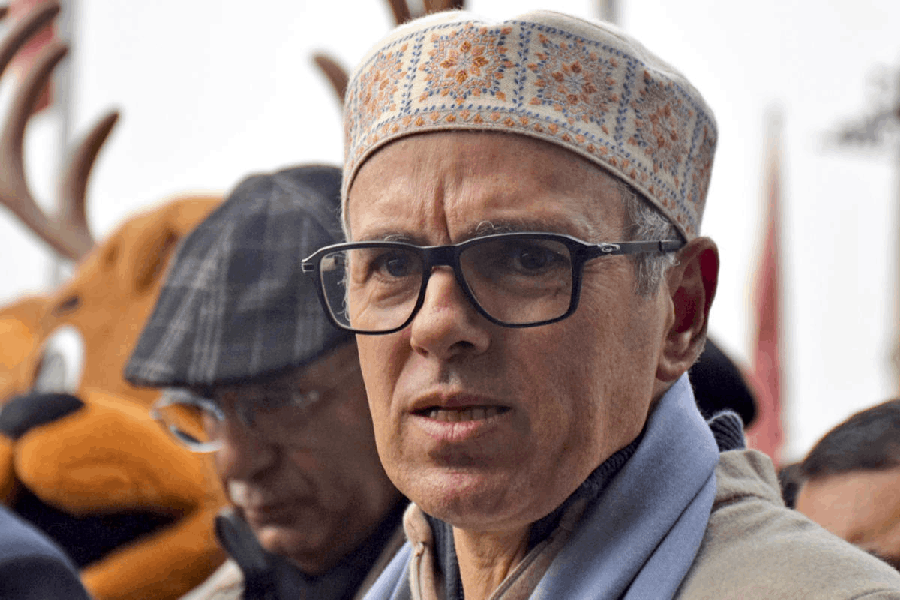Finance Minister Nirmala Sitharaman on Thursday said Pradhanmantri Suryodaya Yojana will enable one crore families to get up to 300 units of free electricity every month and help them save up to Rs 18,000 annually.
Prime Minister Narendra Modi had announced the 'Pradhanmantri Suryodaya Yojana' with the target of installing rooftop solar earlier in January.
"I have taken my first decision after returning from Ayodhya that our government will launch 'Pradhan Mantri Suryoday Yojna' with the aim to install rooftop solar systems in one crore houses," Modi had said on X.
Sitharaman in her interim Budget speech said through rooftop solarisation, one crore households will be enabled to obtain up to 300 units of free electricity each month.
This scheme follows the resolve of the Prime Minister on the historic day of consecration of the Ram Mandir in Ayodhya, she said.
Talking about the benefits, she informed the House that there will be "savings up to Rs 15,000-18,000 annually for households from free solar electricity and selling the surplus to the distribution companies." The scheme will also aid charging of electric vehicles; entrepreneurship opportunities for a large number of vendors for supply and installation and employment opportunities for the youth with technical skills in manufacturing, installation, and maintenance.
Talking about India's commitment for 'net-zero' by 2070, she announced a viability gap funding for harnessing offshore wind energy.
"Viability gap funding will be provided for harnessing offshore wind energy potential for initial capacity of 1 GW," she said.
According to the Central Electricity Authority data, India has a solar energy-installed generation capacity of over 73 GW.
Similarly, the data showed that wind energy capacity in the country stood around 45 GW while large hydro (over 25 MW capacity each) is 47 GW.
The biomass power/cogen capacity about 10 GW and that of small hydro (up to 25 MW) is around 5 GW, while the waste-to-energy capacity stood at 583 MW.
India has set a target of having 500 GW of renewable energy by 2030 and have 50 per cent of installed power generation capacity from non-fossil fuel sources.
President Droupadi Murmu on Wednesday said in her joint address to the Members of Parliament that in 10 years, non-fossil fuel-based energy capacity has increased from 81 GW to 188 GW.
"During this period, solar power capacity has increased 26 times. Similarly, wind power capacity has doubled. We are placed at fourth in the world in terms of renewable energy installed capacity. We are ranked fourth in wind power capacity. We are at fifth position in solar power capacity," she said.
Except for the headline, this story has not been edited by The Telegraph Online staff and has been published from a syndicated feed.










